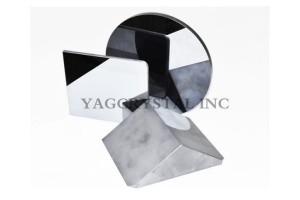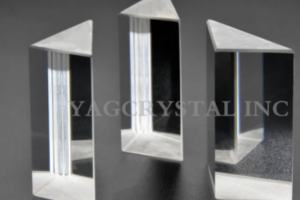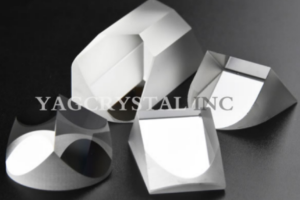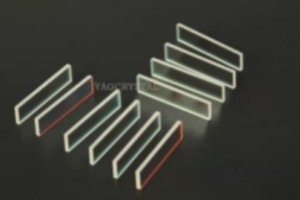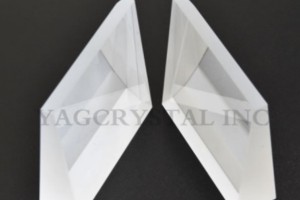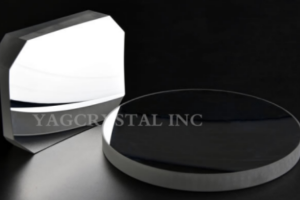Narrow-Band Filter–Subdivided From The Band-Pass Filter
Product Description
The peak transmittance refers to the highest transmittance of the bandpass filter in the passband. The requirements for the peak transmittance vary depending on the application. In the requirements of noise suppression and signal size, if you pay more attention to the signal size, you hope to increase the signal strength. In this case, you need a high peak transmittance. If you pay more attention to noise suppression, you hope to get a higher signal-to-noise Ratio, you can reduce some peak transmittance requirements, and increase the cut-off depth requirements.
The cut-off range refers to the wavelength range that requires cut-off in addition to the passband. For narrowband filters, there is a section of front cutoff, that is, a section with a cutoff wavelength smaller than the central wavelength, and a long cutoff section, with a section with a cutoff wavelength higher than the central wavelength. If it is subdivided, the two cut-off bands should be described separately, but in general, the cut-off range of the filter can be known only by specifying the shortest wavelength and the longest wavelength that the narrow-band filter needs to cut off.
The cut-off depth refers to the maximum transmittance that allows light to pass through in the cut-off zone. Different application systems have different requirements for the cut-off depth. For example, in the case of excitation light fluorescence, the cut-off depth is generally required to be below T<0.001%. In ordinary monitoring and identification systems, the cut-off depth T<0.5% is sometimes sufficient.




